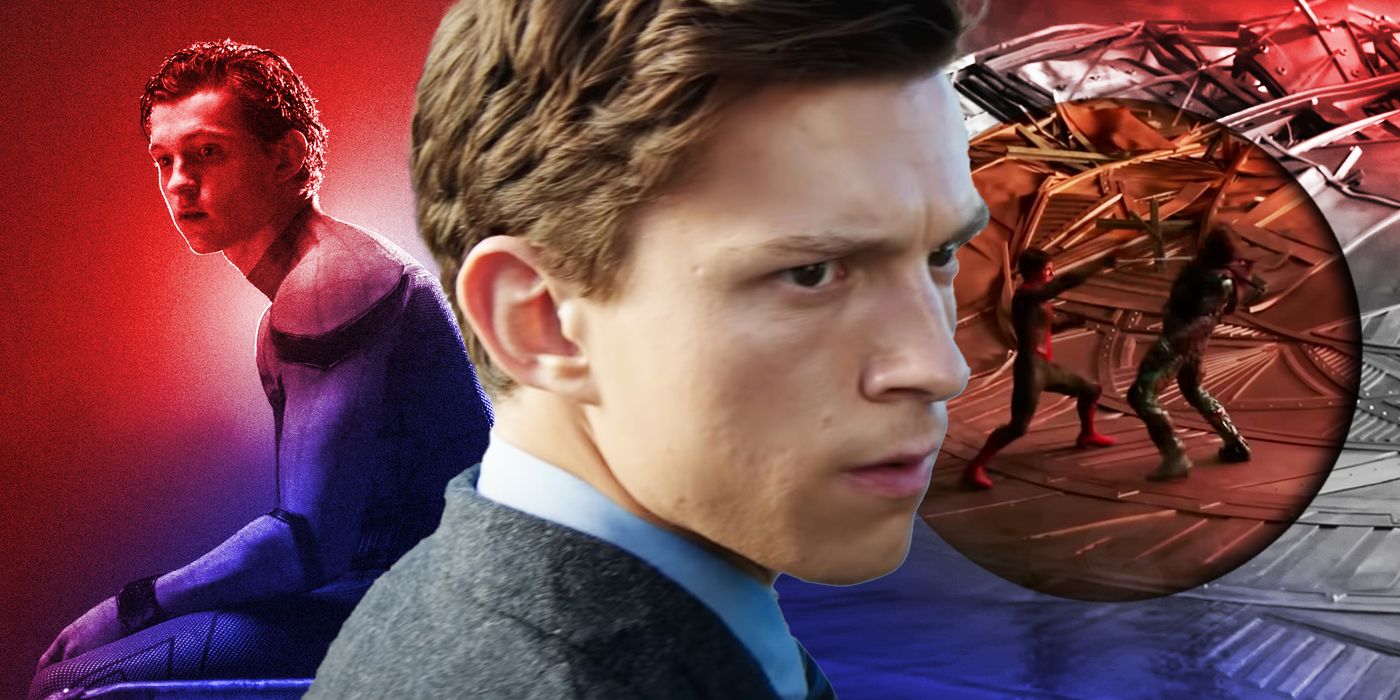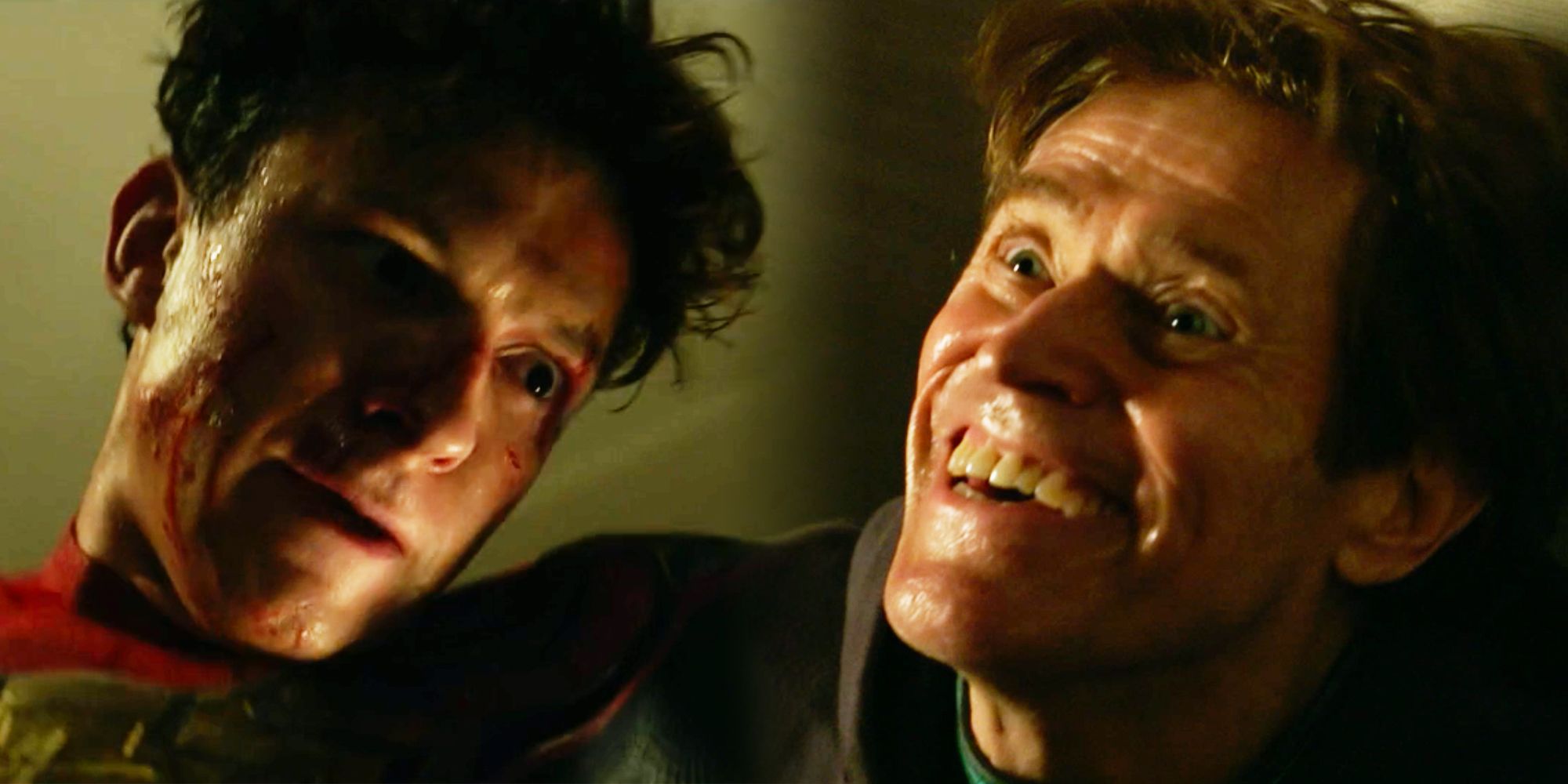Through only three movies in the Marvel Cinematic Universe so far, the audience has seen Spider-Man grow into a hero and learn some truly valuable lessons, and Spider-Man: No Way Home shows how much Spider-Man has changed, though it isn’t all for good. As one of Marvel Comics’ most popular and beloved characters, viewers expected to see Spider-Man join the MCU at some point, and after a deal between Sony and Marvel, this was finally possible and he made his MCU debut in Captain America: Civil War, where he was recruited by Tony Stark.
After that first adventure alongside the MCU’s biggest heroes, Spider-Man got his first solo movie in Spider-Man: Homecoming, which instead of exploring his origin story, followed Peter Parker (Tom Holland) as he tried to balance his high school life and his superhero duties while also dealing with Adrian Toomes/Vulture (Michael Keaton). Spider-Man has come a long way since fighting with Team Iron Man and confronting Vulture, and his latest big-screen adventure, Spider-Man: No Way Home, showed some of that growth both as a person and a hero, but not all of these changes have been good.
Although by the time of the events of Spider-Man: Homecoming the web-slinger had already been serving as a superhero for a while, he wasn’t the most experienced, especially when compared to the characters he fought with and against in Civil War. For that reason, Homecoming doesn’t see Spider-Man throwing punches (but he does kick his enemies) as the point was for the character to feel like a kid, one that is getting used to a new lifestyle as a bigger hero than before and one that is starting to get enemies of his own – however, in Spider-Man: No Way Home, Spider-Man has changed his crime-fighting style and punches his enemies, and while this shows how much his combat skills have improved, this isn’t exactly a good change.
In Spider-Man: Homecoming, Spider-Man used his web shooters to defend himself and dodged and redirected his opponent’s hits, so he never had to punch them but he did kick them. On the other hand, No Way Home saw Spider-Man trading punches and blows with the villains, especially the Green Goblin (Willem Dafoe). Their first fight at Happy Hogan’s apartment was brutal, with the Green Goblin teasing and punching Spider-Man and the web-slinger defending himself also with punches. In his final battle against Green Goblin in No Way Home, Spider-Man mixed his previous defensive moves with his new offensive style, such as when he shoots a web at Goblin’s feet to keep him in his place so he could punch him. This shift from reactionary and defensive action to offensive was so evident that even MJ, Ned, Peter-Two, and Peter-Three were shocked to see Peter being so violent to the Green Goblin, and had it not been for Peter-Two, who stopped him from killing the Goblin, and Peter-Three, who gave him the cure for Goblin to inject him, Peter would have had blood on his hands.
While it’s understandable that Spider-Man reacted the way he did during his final battle with the Green Goblin, as he was responsible for Aunt May’s death, there’s nothing to “justify” his offensive action during their first battle, and it shows that Spider-Man has changed a lot since Spider-Man: Homecoming – but that anger and offensive strategy, along with the pain he went through at the end of No Way Home with the final spell, could make him vulnerable to different threats, such as bonding with the symbiote Venom left behind in the MCU in the post-credits scene of Spider-Man: No Way Home.






